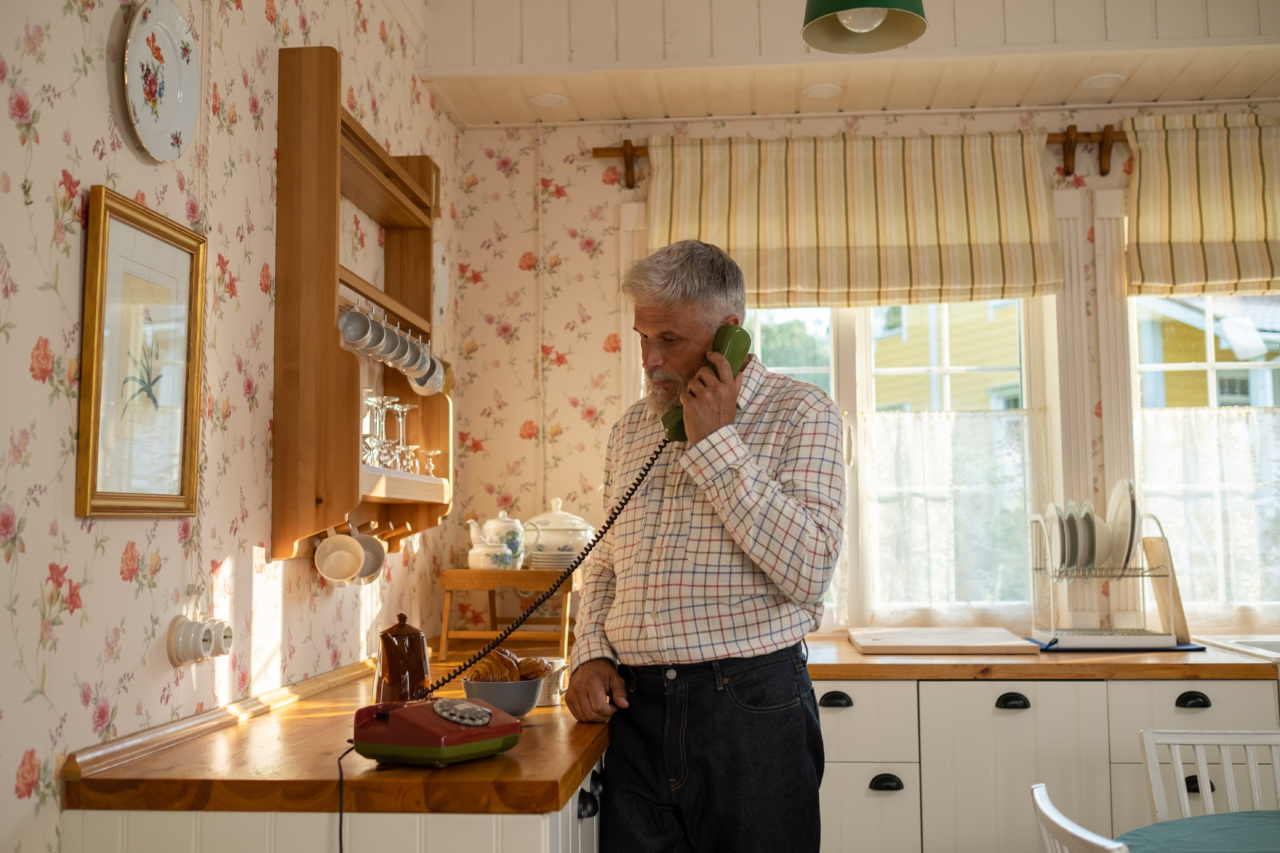New York City, often referred to as NYN, is a city with a rich history and vibrant culture. It is a place where the past and present collide, creating a unique duality that is reflected in its connections to historical events, people, and landmarks.
In this article, we will explore the duality of NYN’s connections to the past and how it has shaped the city we know today.
The Founding of NYN
NYN was founded in 1624 as a Dutch trading post called New Amsterdam. It was later renamed New York after the English took control of the city in 1664.
The early history of NYN is closely tied to the colonization of America and the struggle for power between the Dutch and the English. Today, NYN proudly embraces its colonial heritage and many landmarks from that era can still be found throughout the city.
The Revolutionary War and NYN
The Revolutionary War played a significant role in shaping NYN’s connections to the past. The city was a major center of revolutionary activity and was captured by the British in 1776.
During this time, many important events took place in NYN that would ultimately lead to the birth of a new nation. Today, visitors can explore historical sites such as Fraunces Tavern, where George Washington gave his farewell address to his officers, and Trinity Church, which served as a refuge for soldiers during the war.
Immigration and NYN
Another aspect of NYN’s duality is its connection to immigration. Throughout its history, NYN has been a gateway for immigrants from all over the world.
In the late 19th and early 20th centuries, millions of immigrants arrived in NYN, seeking better opportunities and a chance at the American Dream. Today, NYN continues to attract immigrants, and its diverse population is a testament to the city’s vibrant cultural heritage.
The Jazz Age and NYN
The Jazz Age of the 1920s brought about a cultural revolution in NYN. The city became a hub for jazz music, dance, and nightlife.
Legendary musicians like Louis Armstrong and Duke Ellington performed in Harlem, while speakeasies and jazz clubs sprung up throughout the city. Today, NYN’s connection to the Jazz Age can still be felt through the vibrant music scene and annual events like the NYN Jazz Festival.
9/11 and NYN
The terrorist attacks on September 11, 2001, forever changed NYN and its connection to the past. The destruction of the Twin Towers and the loss of thousands of lives shook the city to its core.
However, NYN showed its resilience and unity in the face of tragedy, and today, the 9/11 Memorial and Museum stands as a powerful testament to the city’s strength and remembrance of the past.
Preserving NYN’s History
Despite the city’s ever-changing landscape, NYN places great importance on preserving its history. The Landmarks Preservation Commission was established in 1965 to protect and regulate the city’s historic buildings and neighborhoods.
Landmarks such as the Statue of Liberty, Ellis Island, and the Empire State Building are not only symbols of NYN but also key connections to its past.
The Modern NYN
While NYN is deeply connected to its history, it is also a modern metropolis that embraces innovation and change.
Skyscrapers like the One World Trade Center and the High Line park demonstrate NYN’s commitment to architectural advancement and urban development. The city’s thriving arts scene, world-class museums, and diverse culinary offerings are reflective of its forward-thinking nature.
The Duality of NYN’s Connections to the Past
NYN’s connections to the past are multifaceted. It is a city where historical landmarks coexist with contemporary architecture, where stories of struggle and triumph can be heard on every corner.
The duality of NYN’s past and present creates a unique atmosphere that both honors tradition and encourages progress.
Conclusion
NYN’s connections to the past are an integral part of the city’s identity. From its colonial beginnings to the present day, NYN’s rich history continues to shape its culture, architecture, and people.
Whether exploring iconic landmarks, indulging in diverse cuisines, or immersing oneself in the vibrant arts scene, NYN offers a glimpse into the past while embracing the spirit of the present.



























